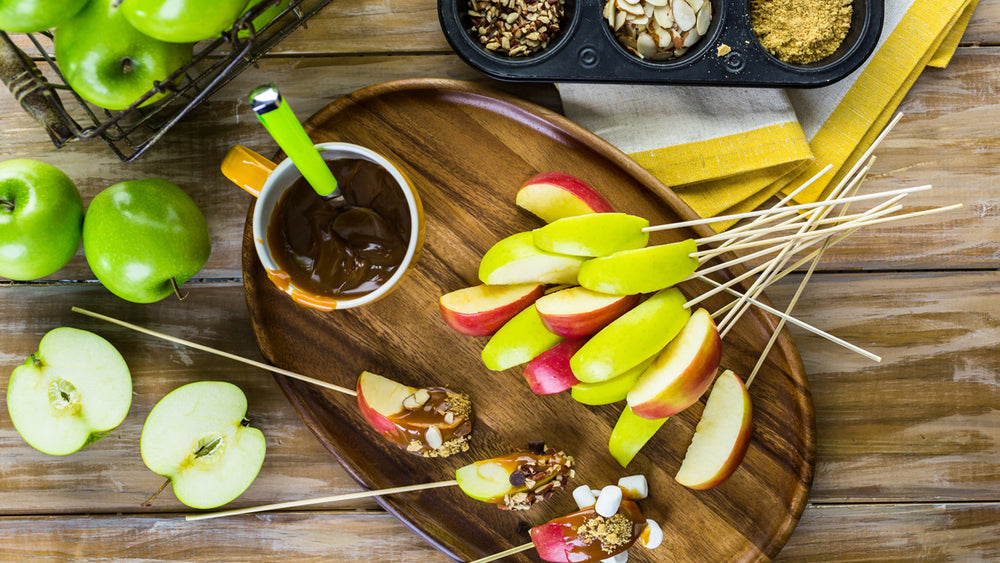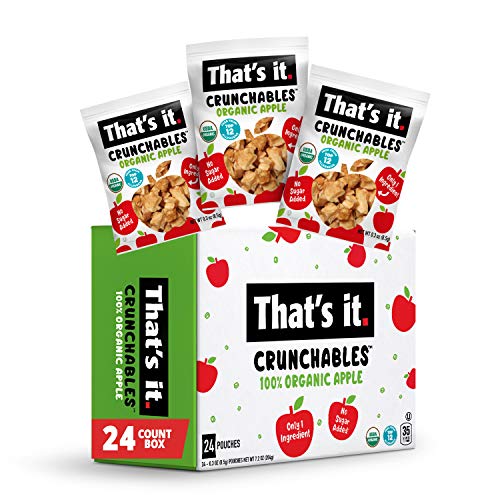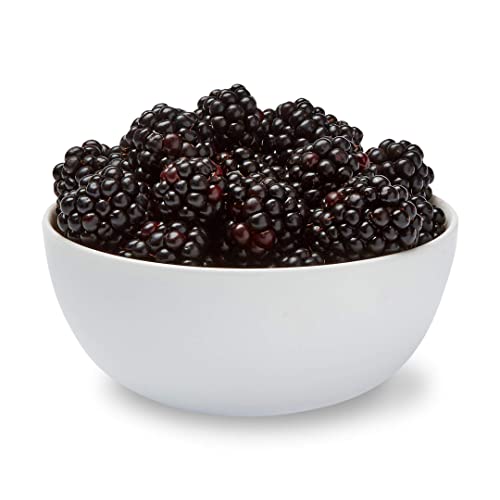Sweet or Sour? A Spotlight on Natural and Added Sugars
Candied apples, pumpkin pie, cinnamon rolls, and candy corn. What do they all have in common? Yes, they are savory and decadent fall treats, but do you know what else they share? Sugar! Sweet, delicious, satisfying sugar.
If you are anything like me, you have a love-hate relationship with sugar. Yes, it is scrumptious, but it’s not always healthy for you. Luckily for you Foodguides fam, I have a go-to guide to answer all your curious sugar-coated questions.
What is sugar anyway?
We can separate sugar (as a food group) into two types: natural and added. Natural sugars can be found in foods (you guessed it!) naturally. The two most common forms of natural sugar, lactose and fructose, can be found in dairy foods like milk and yogurt and fruits like apples and watermelon. Additionally, they are in vegetables like broccoli and peppers.
These unprocessed, natural sugars are broken down by the digestive system much slower than added sugars, generally because they are combined with essential nutrients, antioxidants, and added fiber, supporting your metabolism longer.
What are added sugars?
Added sugars are any type of sugar that is added by humans into food during processing or preparation. They can be a bit difficult to spot since they hide under “natural” sounding names. Added sugars may appear on labels such as brown sugar, corn syrup, high fructose corn syrup, honey, molasses, and syrup. Added sugars also include your regular table sugar (sucrose).
Here’s a real twist in this sugar-coated tale: natural sugars can double as added sugars when added in excess to foods and drinks. According to the 2020-2025 Dietary Guidelines for Americans, the major sources of added sugars in the typical U.S. diet are:
- Sugar-sweetened beverages
- Desserts and sweet snacks
- Sweetened coffee and tea
- Candy
Are natural sugars “good” and added sugars “bad”?
Well, it’s not that simple. The 2010 Dietary Guidelines for Americans concluded that added sugars get a bad reputation due to their lumping in with the typical American diet, which is characterized by an overconsumption of calories. An abundance of calories, including those from added sugars, is linked to an increased risk of obesity, type 2 diabetes, and cardiovascular disease. So, yes, added sugars are “bad,” but even natural sugars (when added in excess to products, as mentioned above) can be bad for you, too. Your best bet? Follow the nutritional guidelines on your food items.
The 2020-2025 Dietary Guidelines for Americans provides an updated suggestion on sugar consumption in the American diet. According to these guidelines, individuals aged 2 years and older are advised to limit their intake of added sugars to less than 10% of their total daily calories. Another noteworthy takeaway is that the average consumption of added sugars among adult men and women amounted to 17 teaspoons. Now that’s a sweet tooth!
It’s no wonder that one of the Healthy People 2030 goals is to reduce the overall consumption of added sugars in people ages two and older. There are many ways to reduce sugar intake, such as choosing unsweetened coffee and teas, sparkling water, seltzers, and low-fat milk to satisfy your need for sweets.
And, of course, the big question: should I drink that pumpkin spice latte?
As a coffee aficionado, I can wholeheartedly agree with the indulgence of the famed fall favorite. However, as a public health professional, I must warn you about sugar overconsumption. I’m sure you’ve heard the phrase “everything in moderation," which rings true in this sweet scenario. So, enjoy that latte; perhaps not 15 of them…in one day....just stating for a friend….
Here is a good place to find information about where to find Added Sugars on the Nutrition Facts Label.
- American Heart Association. (2021). Sugar 101, Heart Attack and Stroke Symptoms.
- Centers for Disease Control and Prevention. (2021). Get the facts: Added sugars, Nutrition,
- Centers for Disease Control and Prevention. (2021, June 10). Healthy people 2030. Centers for Disease Control and Prevention. https://www.cdc.gov/nccdphp/dnpao/division-information/data-stats/healthy-people-2030.html
- Chen, S. (2022). Dangers of added sugars: Everything you need to know, DiaTribe Learn - Making Sense of Diabetes,
- NIH Office of Communications and Public Liason. (2014). Sweet stuff: How sugars and sweeteners affect your health, NIH News in Health,
- Huang, Y., Chen, Z., Chen, B., Li, J., Yuan, X., Li, J., Wang, W., Dai, T., Chen, H., Wang, Y., Wang, R., Wang, P., Guo, J., Dong, Q., Liu, C., Wei, Q., Cao, D., & Liu, L. (2023). Dietary sugar consumption and health: umbrella review. BMJ (Clinical research ed.), 381, e071609.
- Rippe, J. and Angelpoulos, T. (2016). Relationship between added sugar consumption and chronic disease factors: Current understanding, Nutrients, 8(11), 697.





















Comments
Join The Conversation...